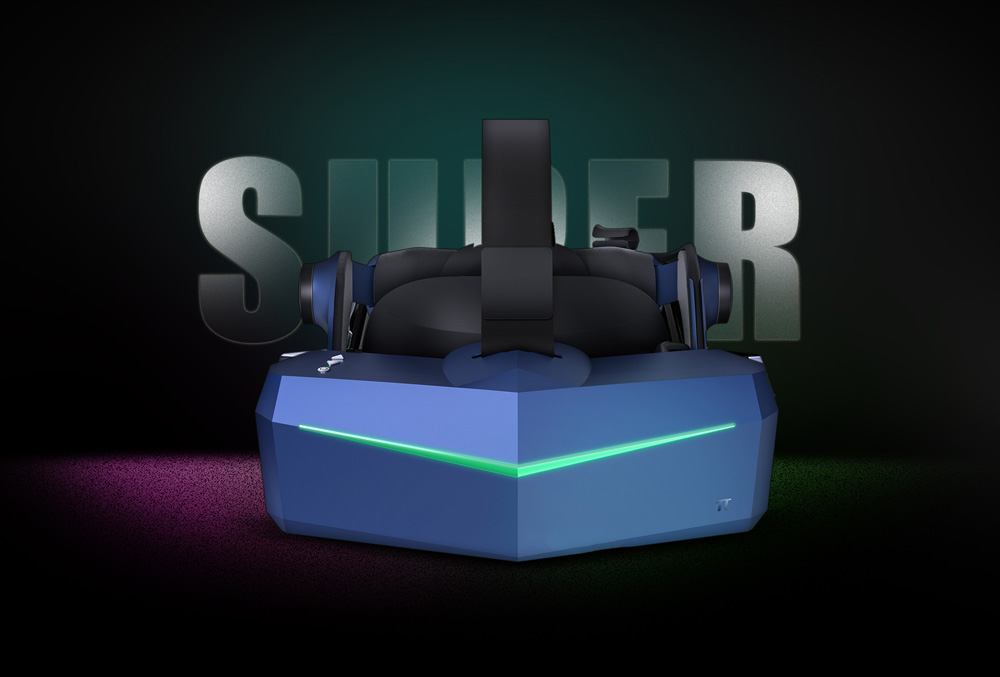The consortium formed by some of the main players in the industry defines a single cable to connect the viewers to the PC, which could introduce a new connector in the GPUs.
VirtualLink, a new consortium formed by NVIDIA, Oculus, Valve, AMD and Microsoft, has announced an open standard that defines the connection between the viewer and the computer for next generation viewers. Instead of using as up to now multiple cables, the specification is based on single type-C USB cable that works in an “alternate mode”. This allows you to simplify and speed up the initial setup times of virtual reality viewers (their connection to the computer in question), as well as connect the devices to smaller computers and with fewer ports.
VirtualLink is able to provide simultaneously 4 lines HBR3 DisplayPort for high resolution displays (which are scalable for future needs), a data channel USB 3.1 to support cameras and high resolution sensors and a power of up to 27w. Unlike other alternatives, it is specially designed for RV’s, so that optimizes the demands of latency and bandwidth that will allow the manufacturers of viewers and equipment to offer the next generation of immersive experiences.
Companies that make up the VirtualLink consortium.
Below are the statements of some of the consortium members:
Nate Mitchell, in charge of Rift at Oculus:
At Oculus, we are committed to making VR easily accessible to a wide variety of people. A consolidated connection point is critical to removing the barriers of high-power PC VR. With the adoption of VirtualLink technology, specially designed for VR, we hope to help propel the industry into the next phase.”
Pierre-Loup Griffais de Valve:
“We look forward to seeing the results of this collaboration improve the user experience and expand the possibilities for all developers and hardware manufacturers.”Scott Evans, GM of Mixed Reality Microsoft:
“We’ve been involved with VirtualLink from the start and support industry-standard approaches to emerging Windows experiences, including mixed reality.”
It’s not the first time we’ve seen some of the major industry players involved in a standard, as they’re all working alongside other companies in the future of OpenXR, an API that will simplify the work of developers and manufacturers. The standard, therefore, only defines the connection of the viewer, so this initiative could suggest that the next version of Rift will use inside-out tracking technology that does not require more USB ports (for external sensors). Another possibility that opens the new standard is the inclusion of a new connector specific for VR in the new graphics cards, as some rumors pointed out.
The consortium has also published an overview for those companies that would like to receive details prior to the release of the VirtualLink 1.0 specification.







